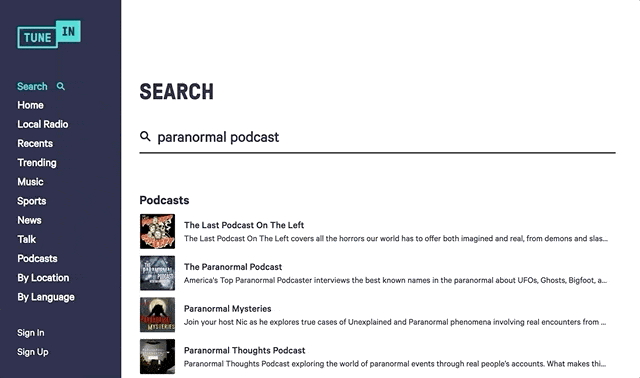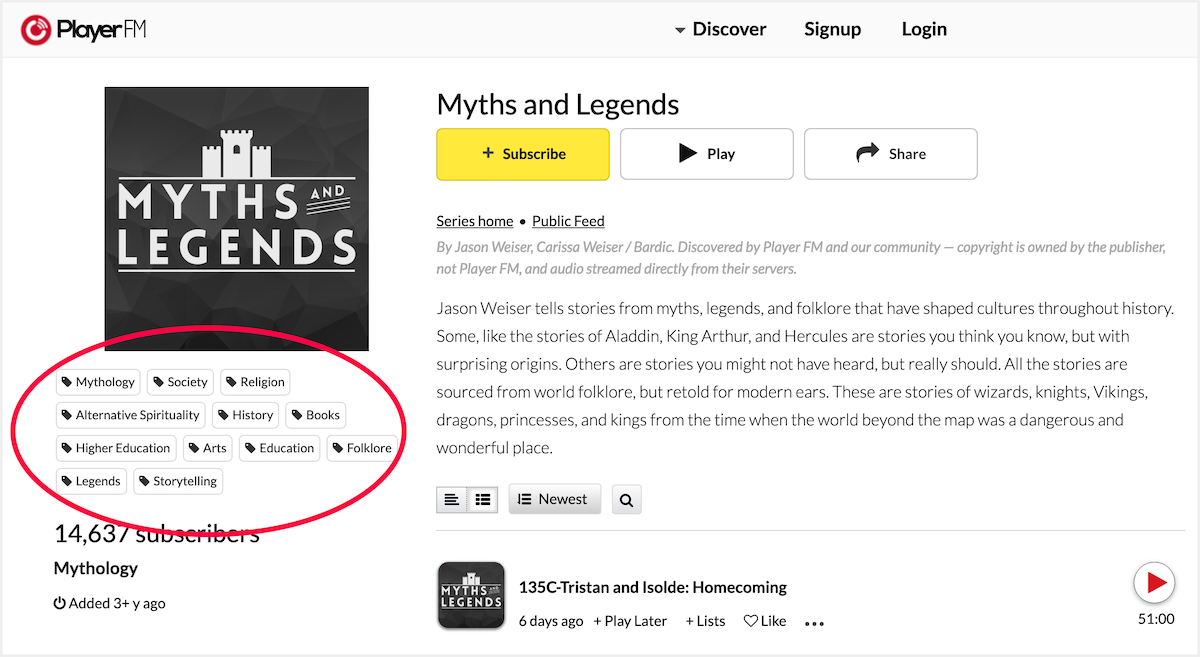Now more than ever, there’s a lot of variety and choice when it comes to discovering new podcasts. According to Edison Research, there are 660,000 podcasts worldwide, which is only growing year on year!
As a listener, that’s brilliant as there are loads of shows to choose from. As a podcaster, it can be a bit of an uphill battle getting discovered, so every little tip helps. Luckily, there are few things you can do to improve your chances of getting featured on popular places like Google and Apple Podcasts, which brings us onto categories...
How Categories Work (& How They Can Work for You)
Categories, also known as “tags”, are part of RSS feeds that make up information from your podcast episodes. These are things like language, site link, description, and so on. Directories, like Google Podcasts, use categories to sort and potentially feature new podcasts.
Fun fact: Apple introduced the “<itunes:category>” tag in 2005, later being adopted by others like Google Podcasts.
Predefined categories have a primary category and two subcategories. For example:
- Category: Education
- Subcategory: Language courses
- Subcategory: Training
In your RSS feeds, categories translate into:
<itunes:category text="Education">
<itunes:category text="Language courses" />
<itunes:category text="Training" />
</itunes:category>When using Apple Podcasts you have the ability to select categories which organises your podcast into the right lists and potentially onto bigger and better things like Apple’s New and Noteworthy featured lists.

Increase Discoverability Using Categories AND Subcategories
Google Podcasts lets you add a category with two subcategories, however, only the first category gets used (under suggested podcast tags):
"Specify a category for your podcast. If more than one category is included, only the first category will be used."
With Apple Podcasts the first category and subcategory gets used:
“Although you can specify more than one category and subcategory in your feed, Apple Podcasts only recognizes the first category and subcategory.”
To put it bluntly, the first category and subcategory you choose is the one you’ll get featured in. For example, the Myths and Legends podcast is under Arts (main category) and Literature (subcategory), with the latter showing in Apple Podcasts.

Not sure what categories and subcategories are available? Here’s a full list of podcast categories.
What About Other Places?
Google and Apple Podcasts aren’t the “be all end all” of podcasting. There are plenty of other places you can use categories to bump up your ranking and improve discoverability, such as Stitcher, TuneIn, and PlayerFM.
Take TuneIn for example. Searching for “paranormal podcast” brings up well-known shows like The Last Podcast on the Left, with more unknown shows further down the list.

Then there’s Player FM. Most podcasts go a bit crazy with their categories as there’s no limit. Just check out the Myths and Legends podcast.

Climbing to the Top of Google & Apple Podcasts 🧗
All that being said, getting to the top of places like Google and Apple Podcasts doesn’t guarantee you'll get featured. What it does is position you in the best place possible. At the end of the day, if people can’t find you, whether that’s by searching or discovering podcasts through categories, your podcast won’t get heard!









